My original, pre-pandemic route through Europe included only a fairly short segment along the eastern Baltic coast, tentatively planned for late April. Once I was compelled to jettison many of the places I had wanted to see, and replaced some of them with several weeks of rolling around Sweden, I consoled myself by considering the idea that I might have a chance to pick up a few more boreal-oriented birds. The possibilities included some fine species, a few of which I was able to observe, as well as a number of others that could only honestly be described as ordinary.
I began at a coastal hotspot near the town of Varberg, and if I had been there two weeks earlier I may have been able to see one or two rare migrants, species I would been very excited to add to my Tour list. Instead, two more common, but attractive species got things started, Barnacle Goose, and Pied Avocet.
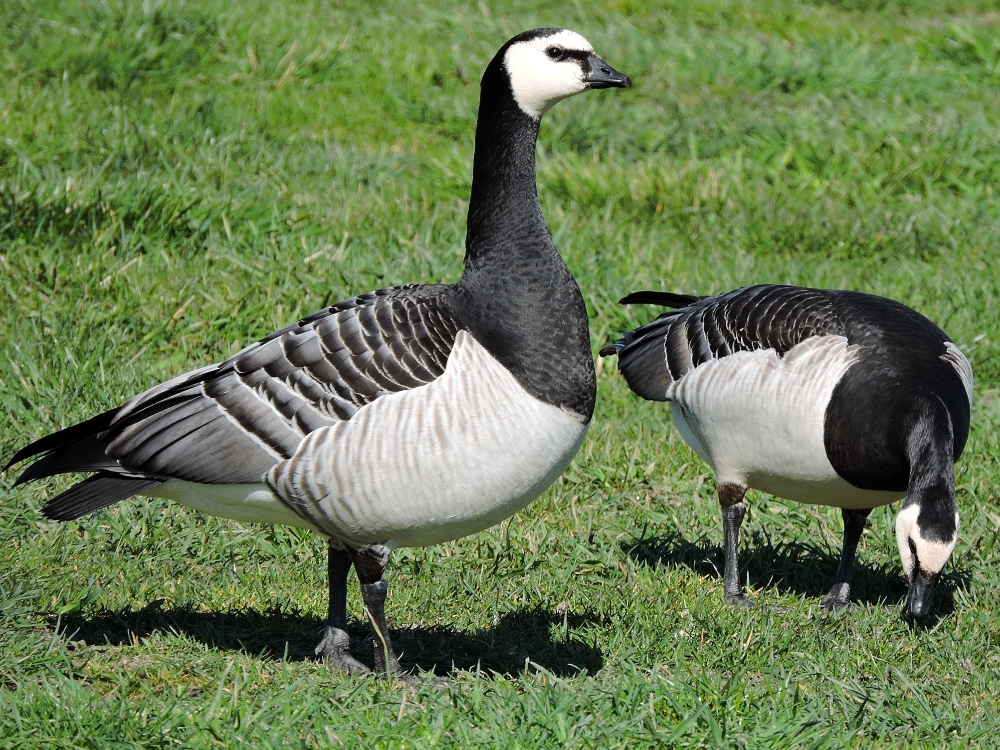
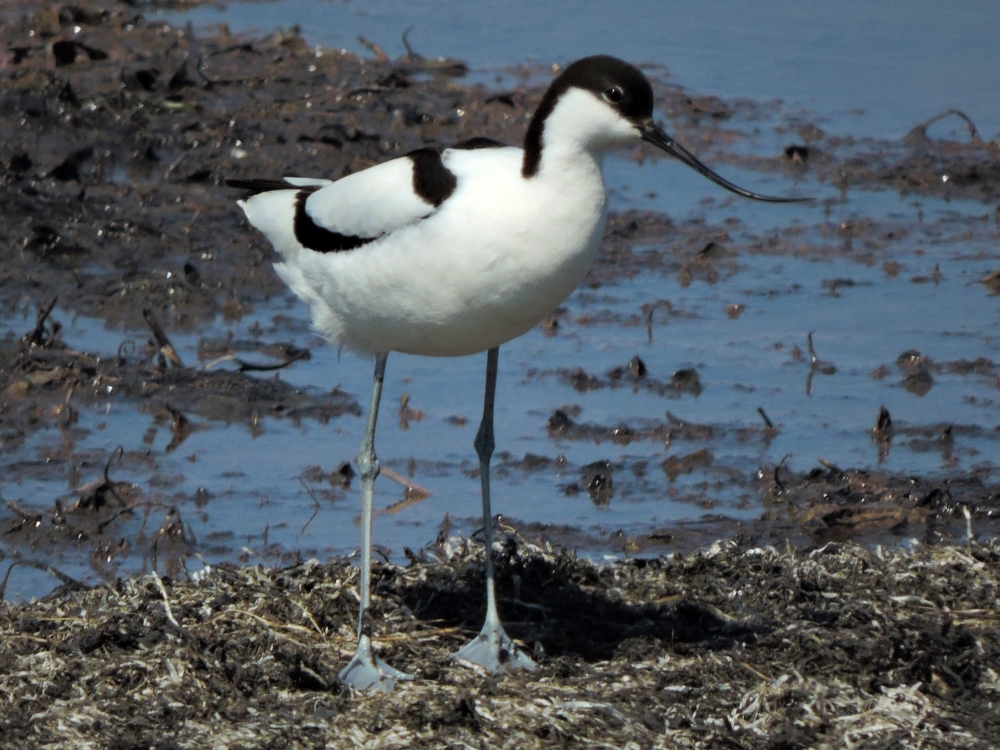
Also nearby was Common Chiffchaff, and I soon realized that any relief I was experiencing from not having to continuously try to identify Tyrant Flycatchers was now being eclipsed by doing the same task for some of Eurasia’s more nondescript birds. For example, Willow Warbler which can best be separated from the Chiffchaff by call (I am reasonably confident that I got that right,) and similarly drab species, Spotted Flycatcher and Eurasian Linnet.
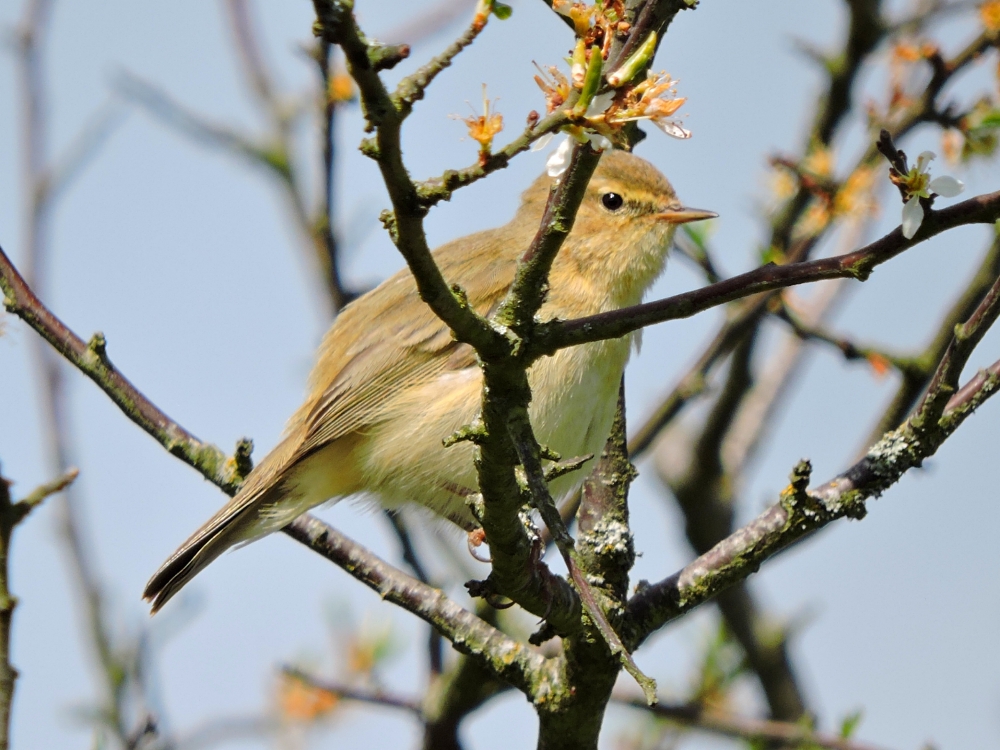
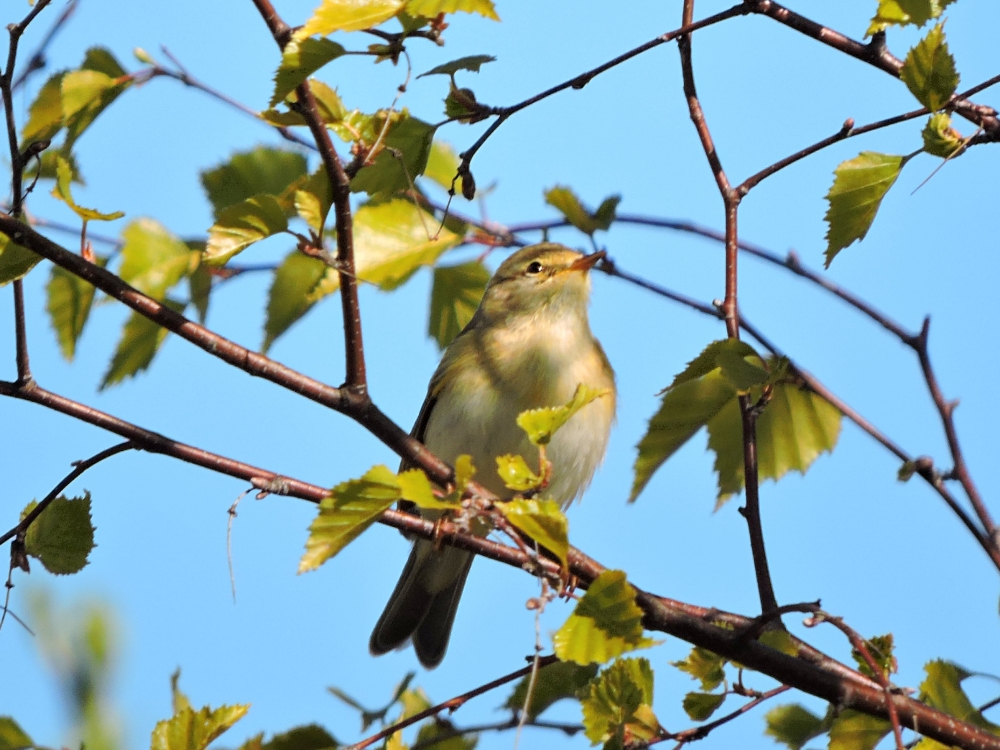
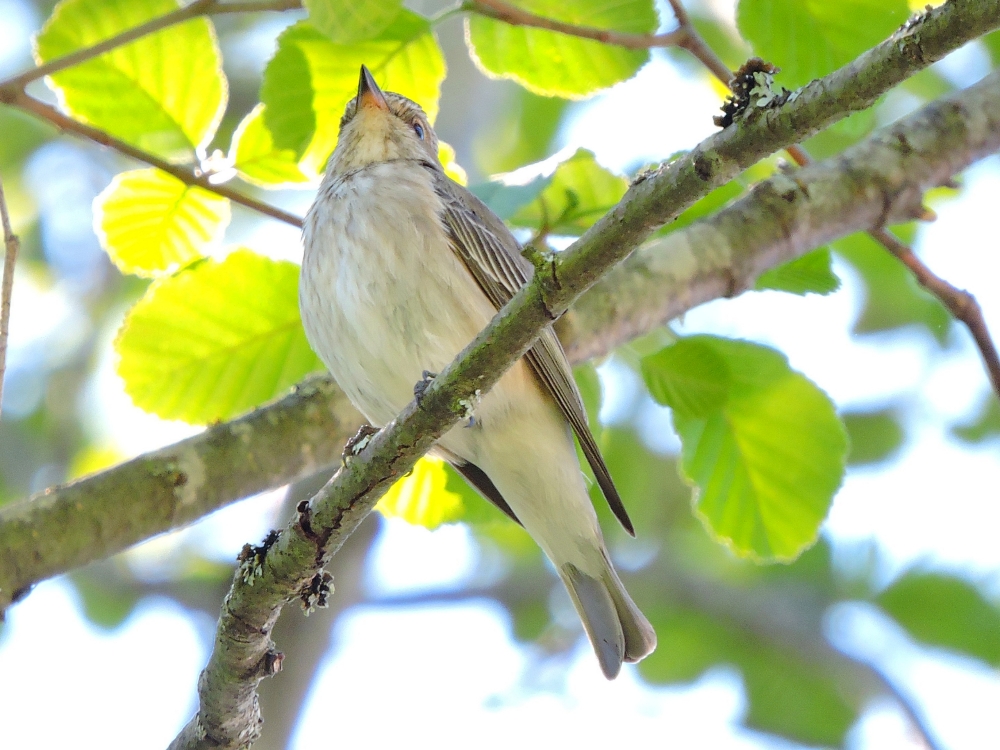
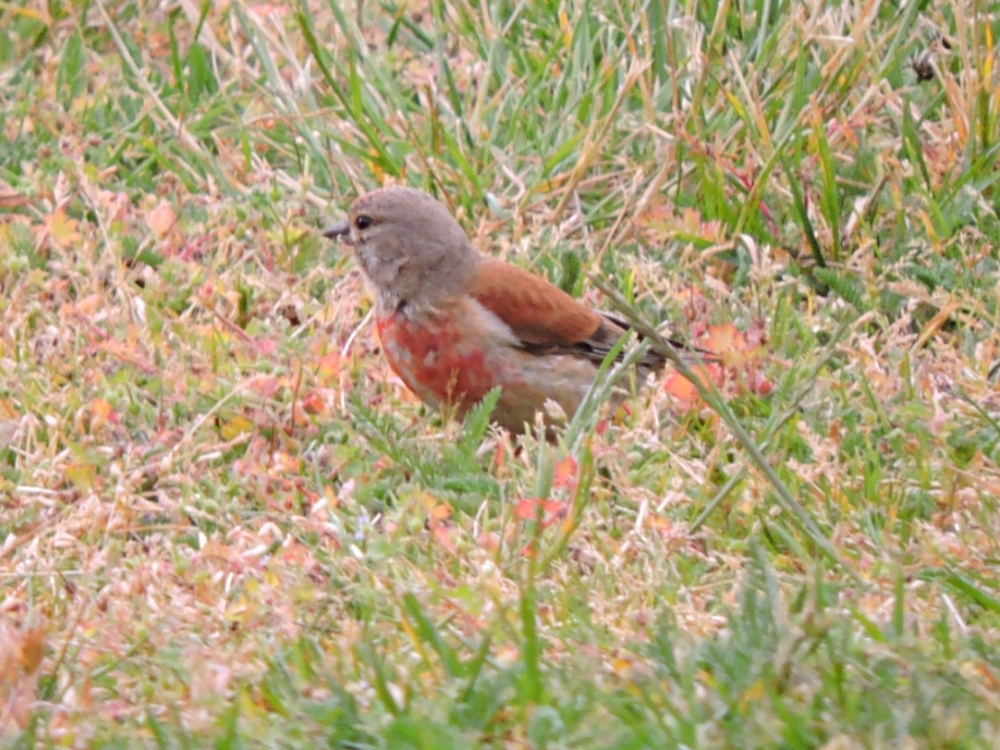
A bit more visually interesting was Hawfinch, which was the only new species I added while in the city of Stockholm.
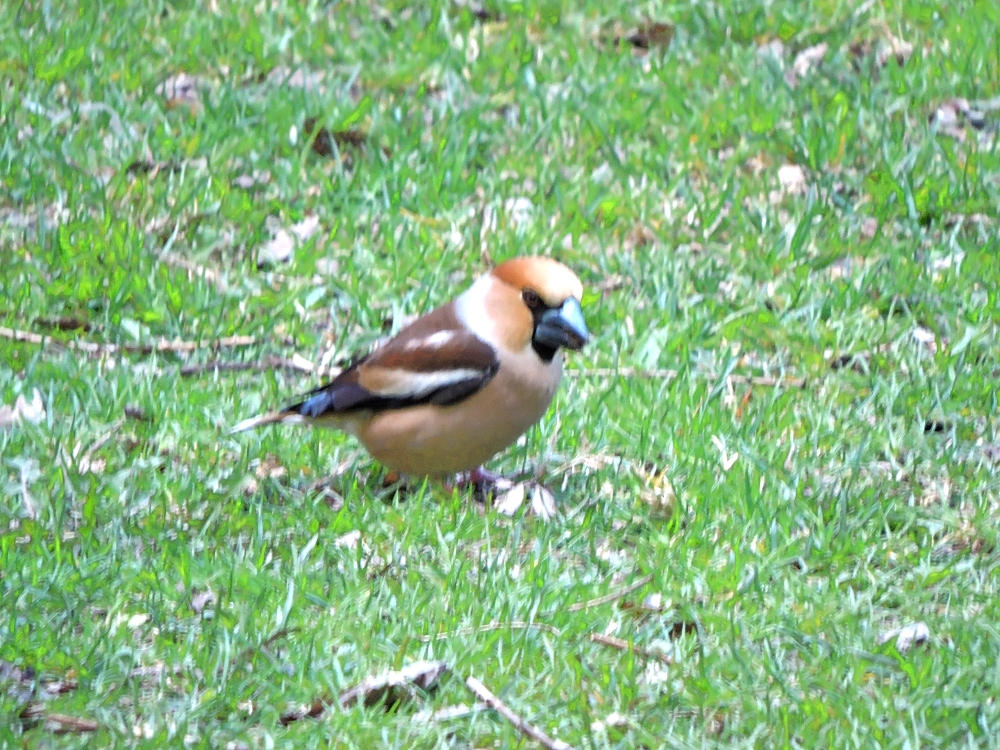
All around the country, the default Thrush was often Fieldfare, probably a step up as far as Thrushes are concerned.
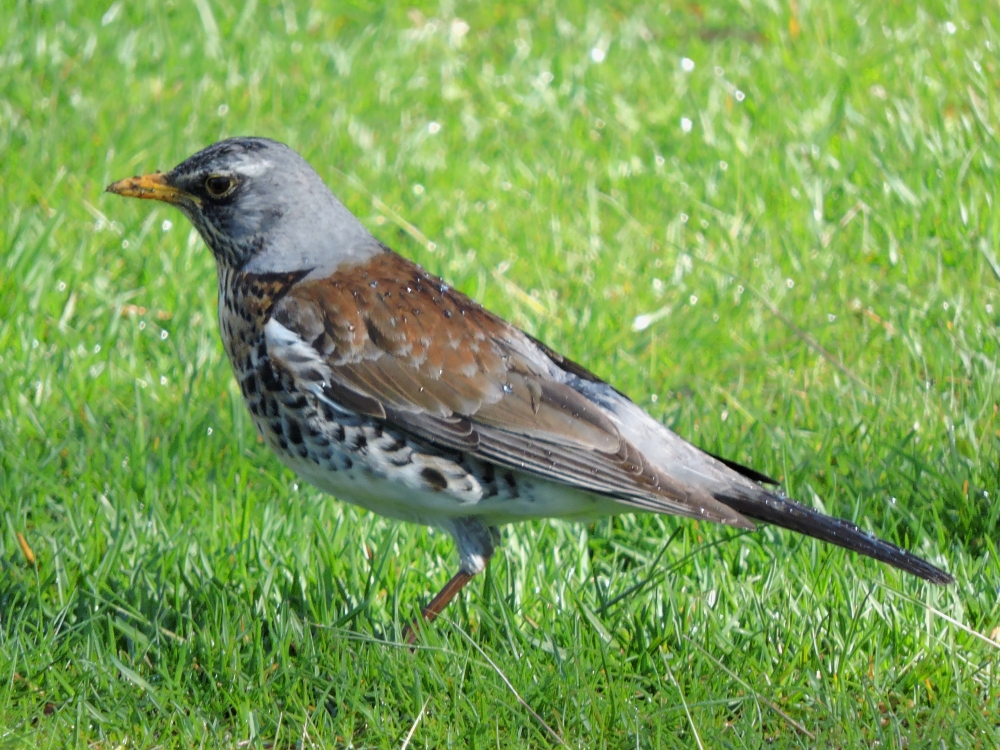
One of the most abundant small birds, seen many times every day, was White Wagtail, but I had already encountered them in Iceland earlier in the Tour. The two other Wagtails found in northern Europe required somewhat more patience, but eventually I added both, Gray Wagtail, and Western Yellow Wagtail, both of which are significantly yellow.
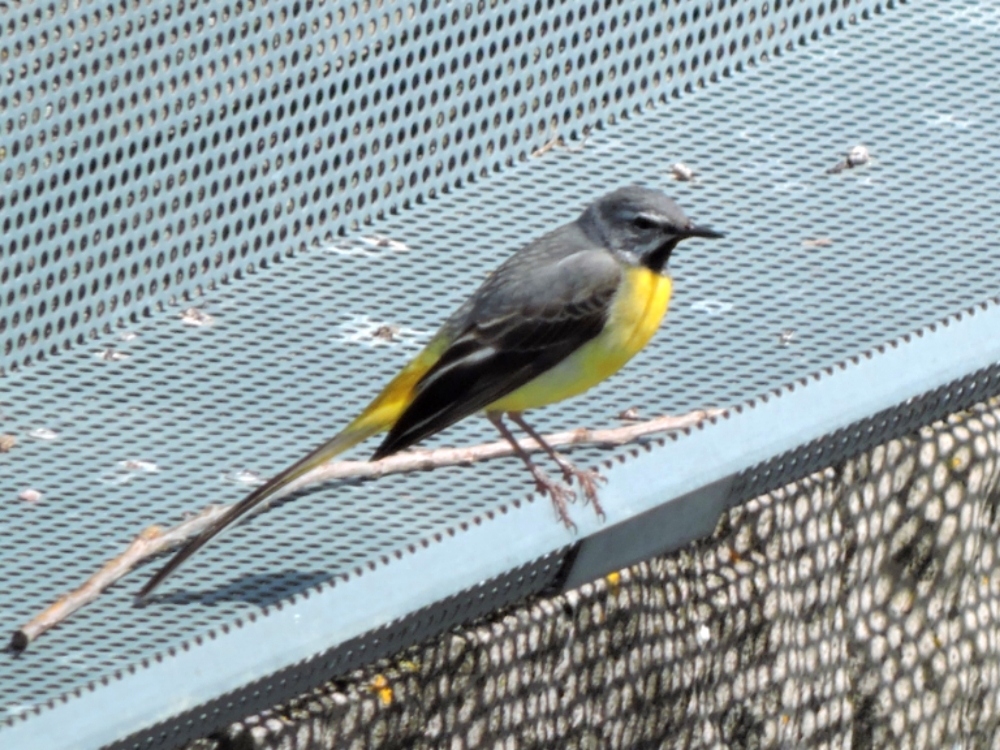
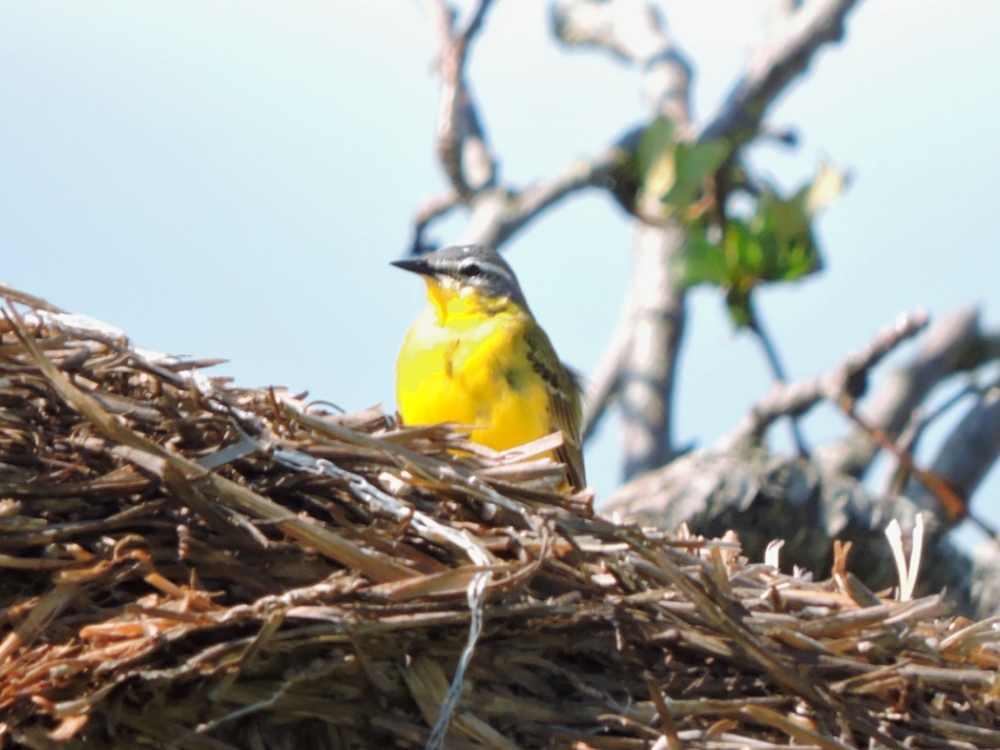
At the famous Öttenby Bird Station, on the southernmost point of Öland Island, I began to feel that I was continuing my tradition of traveling to a well known hotspot and subsequently failing to see anything interesting. Fortunately, as I was on my way out I picked up one of my targets for the day, Little Tern. This was my eighteenth Tern overall (twenty-first if you count Noddies,) and second for the Tour. The first was Least and this one was Little, so obviously I am limited to the diminutive members of that tribe.
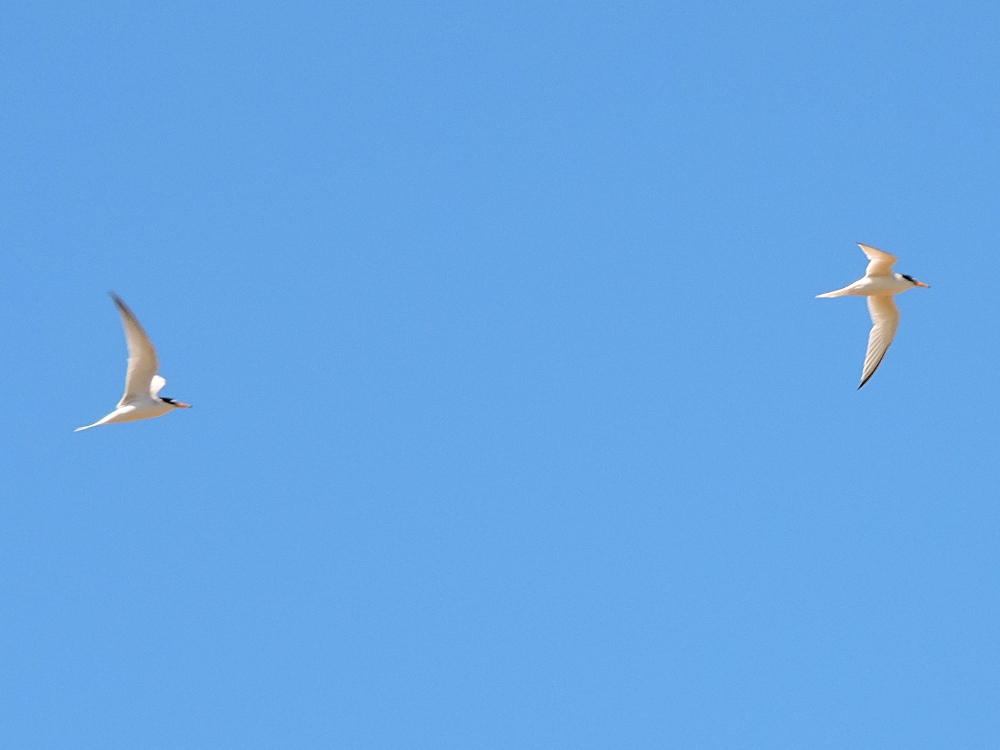
My best observation in Sweden came at the Falun Copper Mine World Heritage Site. A review by another WHS traveler alerted me to the fact that a special family of birds had been nesting in the mine pit for several years. So I returned in the evening, when the chances for a sighting were better, and was soon joined by three local guys, also there for some avian enjoyment. The visitor center has a Webcam trained onto the roosting box, so I knew before I arrived that I would, if nothing else, see one of the two chicks from this year’s nest. Eurasian Eagle-Owl!
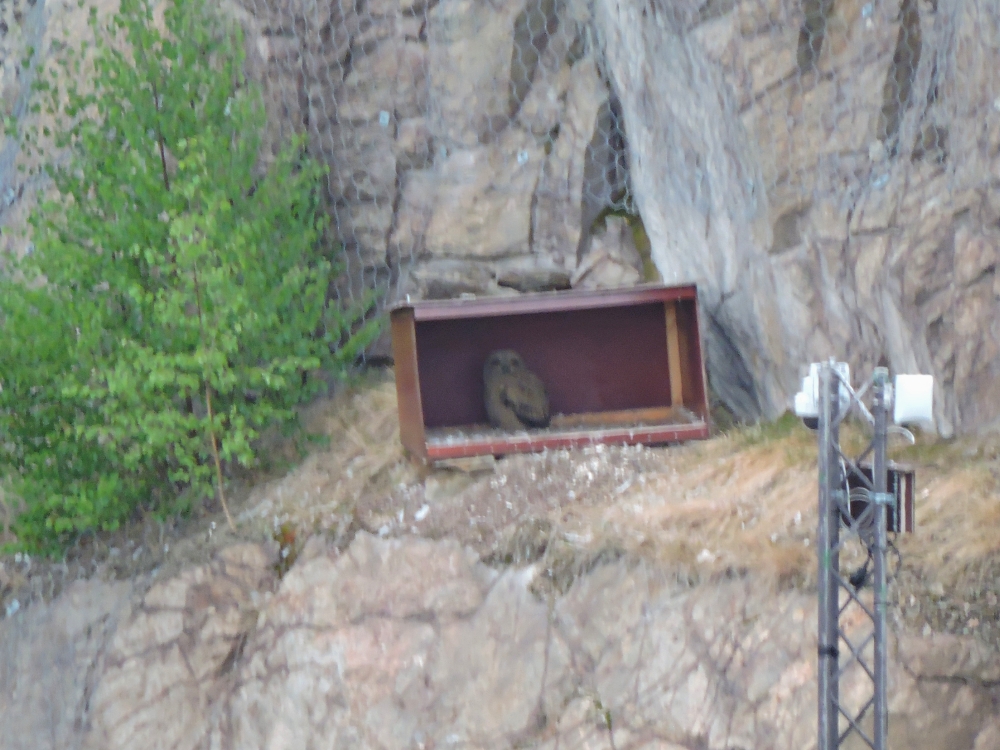
After waiting for an hour, or so, for a chance to see one of the nocturnal adults, I was becoming resigned to the possibility that I might only see that fuzzy youngster, which would have been acceptable, though not completely satisfying. Just as I was thinking about leaving, a Hooded Crow flew over the pit and landed on a rocky pinnacle. Fortunately, the local guys were more competent, or at least more aware, than I was, and they realized that the bird’s cawing was intended to harass one of the adult Owls. An impressive bird, to be sure, who was not bothered in the least by that pesky crow!
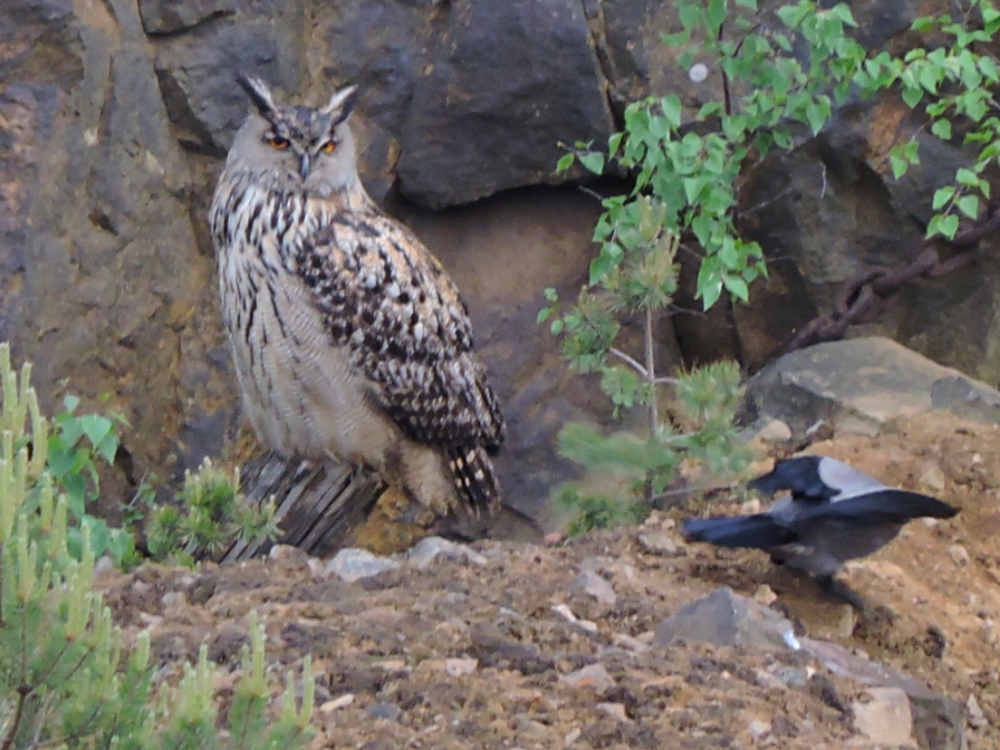
My remaining sightings in the country, either not photographed, or done so poorly, were: Eurasian Marsh-Harrier, Montagu's Harrier, Northern Hawk-Owl, Western Capercaillie (hens only,) Wood Sandpiper, Common Cuckoo, Common Swift, Common House Martin, Lesser Spotted Woodpecker, Red-Backed Shrike, Eurasian Blackcap, Sedge Warbler, Greater Whitethroat, Yellowhammer, and Common Redstart. Overall, perhaps Sweden was not the most colorful country of the Tour, in terms of birds, but pleasing nonetheless.